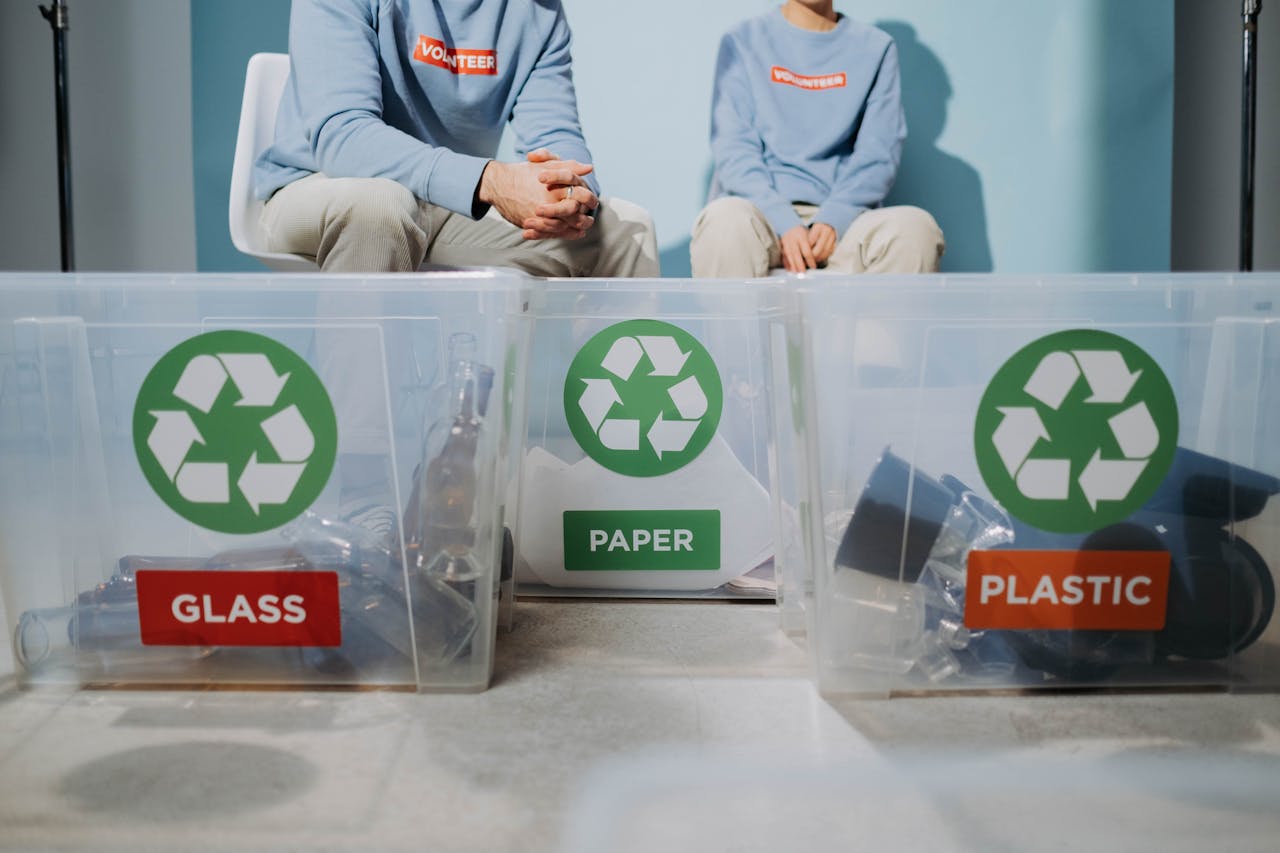In a city as bustling and vibrant as London, it’s no surprise that a significant amount of waste is generated daily. An emerging concern is the amount of plastic waste. From food packaging to plastic bags, bottles, and an array of other items, the capital generates a vast volume of plastic waste. Fortunately, new guidelines for recycling plastics have recently been implemented across London boroughs. Stay with us as we delve into these latest regulations and how they will affect your household.
Understanding the Basics of Recycling
Before we delve into the specifics of the new guidelines, it’s essential to understand the basics of recycling. Recycling is a process that involves turning waste materials into new products to prevent waste of potentially useful materials. This process also reduces the consumption of fresh raw materials, energy usage, air pollution and water pollution.
En parallèle : What are the legal responsibilities for UK landlords regarding fire safety in 2023?
Recycling is a key element of modern waste reduction and is the third component of the ‘Reduce, Reuse, and Recycle’ waste hierarchy. You might be familiar with the recycling symbols commonly emblazoned on packaging, but do you know what they mean? Let’s take a look at the symbols and their implications.
The recycling symbols signify whether the product is recyclable, the percentage of recycled materials in the product, and how to dispose of the packaging correctly. Notably, packaging with the green dot does not mean that the packaging is recyclable. Instead, it means that the producer has made a financial contribution towards the recovery and recycling of packaging in Europe.
En parallèle : How can UK motorists check and challenge their vehicle’s road tax valuation?
The Importance of Recycling Plastics
Plastics have become a significant part of daily life. However, the environmental impact of plastic waste is immense. If not properly managed, plastic waste can take hundreds of years to decompose. It can also lead to severe environmental issues, such as the contamination of water sources and harm to wildlife.
But why recycle plastic? Recycling plastic helps to conserve resources, save energy, and reduce the demand for new plastics. Recycled plastics can be used to manufacture a range of items, from clothing to garden furniture, and even car parts.
Plastics are sorted by type in the recycling process. The most common types are PET, which is commonly used in drinks bottles, and HDPE, used in milk bottles.
New Guidelines for Recycling Plastics in London
London, like many other cities worldwide, has recognised the need for more efficient plastic recycling. As a result, new guidelines have been implemented to streamline the process, making it more user-friendly and effective.
The new recycling guidelines emphasise the need to rinse and dry plastic items before placing them in the recycling bin. Dirty items can contaminate the recycling process and may mean that otherwise recyclable materials are sent to landfill instead.
The new guidelines also address the types of plastics that can be recycled. These include plastic bottles, pots, tubs, and trays. Other types, such as plastic bags, film, and black plastic trays, are currently not accepted in household recycling collections in London.
Changes to Collection Bins and Sacks
The new guidelines aren’t just about what you can and can’t recycle – they also indicate changes to the way waste is collected. Under the new rules, your local council will provide two recycling bins – one for paper and cardboard, and one for plastic, cans, and glass. It is essential to use the correct bin to avoid contamination, which can hinder the recycling process.
In addition to this, clear recycling sacks will be provided for flats and estates that don’t have space for recycling bins. The sacks can be filled with recyclable materials and put out on the agreed collection day.
The guidelines also require you to use food waste bins for food waste only. Food waste is collected separately and sent to a local anaerobic digestion facility, where it is turned into energy and fertiliser.
Responsible Plastic Use and Disposal
While the new guidelines give clear instructions on recycling plastics, it’s essential to remember that recycling is just one part of responsible plastic use. Reducing your usage of plastic, where possible, is the first step. This can mean choosing products with less packaging, reusing plastic containers, or bringing your own reusable bags, cups, and cutlery when you go out.
If you have items that can’t be recycled through your household collections, such as plastic bags or certain types of packaging, look for other recycling options. Many supermarkets have collection points for plastic bags, and some local recycling centres accept a wider range of plastic items. After all, every little bit of effort counts when it comes to preserving our planet.
Remember, the new recycling guidelines are there to help you. They’re designed to make recycling easier, more efficient, and more effective. By following these guidelines, you’re not just helping to keep London clean – you’re also doing your part to protect the environment.
In the end, recycling is a shared responsibility. It may require a little effort and knowledge, but the benefits are immense. The planet is in our hands, and the more we do to help, the better off we all will be.
Additional Public Initiatives to Improve Recycling Rates
In addition to the new guidelines, London is also launching new initiatives to increase recycling rates and reduce waste. These initiatives aim to make it easier for residents to recycle correctly and to encourage a more sustainable lifestyle. A part of these initiatives is the increased number of recycling centres across the boroughs. These facilities are well-equipped to handle a variety of recyclable waste, including plastic packaging, paper card, and glass.
Local authorities are also enhancing their services by providing more regular waste collections. A clearly defined collection day helps ensure that recycling bins and recycling sacks are emptied on time, preventing them from overflowing and leading to potential contamination.
Furthermore, London is also trying to tackle the problem of food waste. As a part of the new guidelines, food waste should be placed in dedicated waste bins provided by the local council, separate from other household waste. This waste is then sent to local anaerobic digestion facilities, where it is converted into energy and fertiliser.
Garden waste is another area that’s being addressed. Local authorities are now offering a garden waste collection service, which collects and composts garden waste, transforming it into a valuable compost that can be used to improve soil health.
These initiatives, combined with the new guidelines, aim to make recycling easier and more efficient for London residents.
Encouraging Future Developments in Recycling
Looking forward, there’s still much work to be done. While the new guidelines are a significant step forward, it’s clear that London, like many cities worldwide, still has a way to go in terms of waste recycling.
It’s crucial to keep pushing for improvements and innovations in the waste management sector. For instance, there is a need for the development of more sustainable packaging alternatives. Additionally, efforts to increase recycling rates should not be limited to household waste. Commercial and industrial sectors also produce significant amounts of waste and should be encouraged to follow best practices in waste management.
Furthermore, local authorities could also do more to publicise and promote the use of recycling centres. While many residents are aware of the need to recycle, some may not know where their nearest recycling centre is or what types of waste they accept. Clear, accessible information can help address this issue.
Conclusion
New recycling guidelines in London have brought about significant changes in waste management practices across the boroughs. From changes in the collection and disposal of household waste to the introduction of new public initiatives, these changes aim to improve recycling rates and promote a more sustainable lifestyle.
However, while these changes are commendable, it’s essential to remember that the responsibility does not solely lie with local authorities. Each of us has a role to play. By reducing our use of plastic, reusing items as much as possible, and recycling correctly, we can all help to make a difference.
Let’s not forget, the goal is not just to keep London clean, but to protect our environment for future generations. Together, we can help make this a reality.






